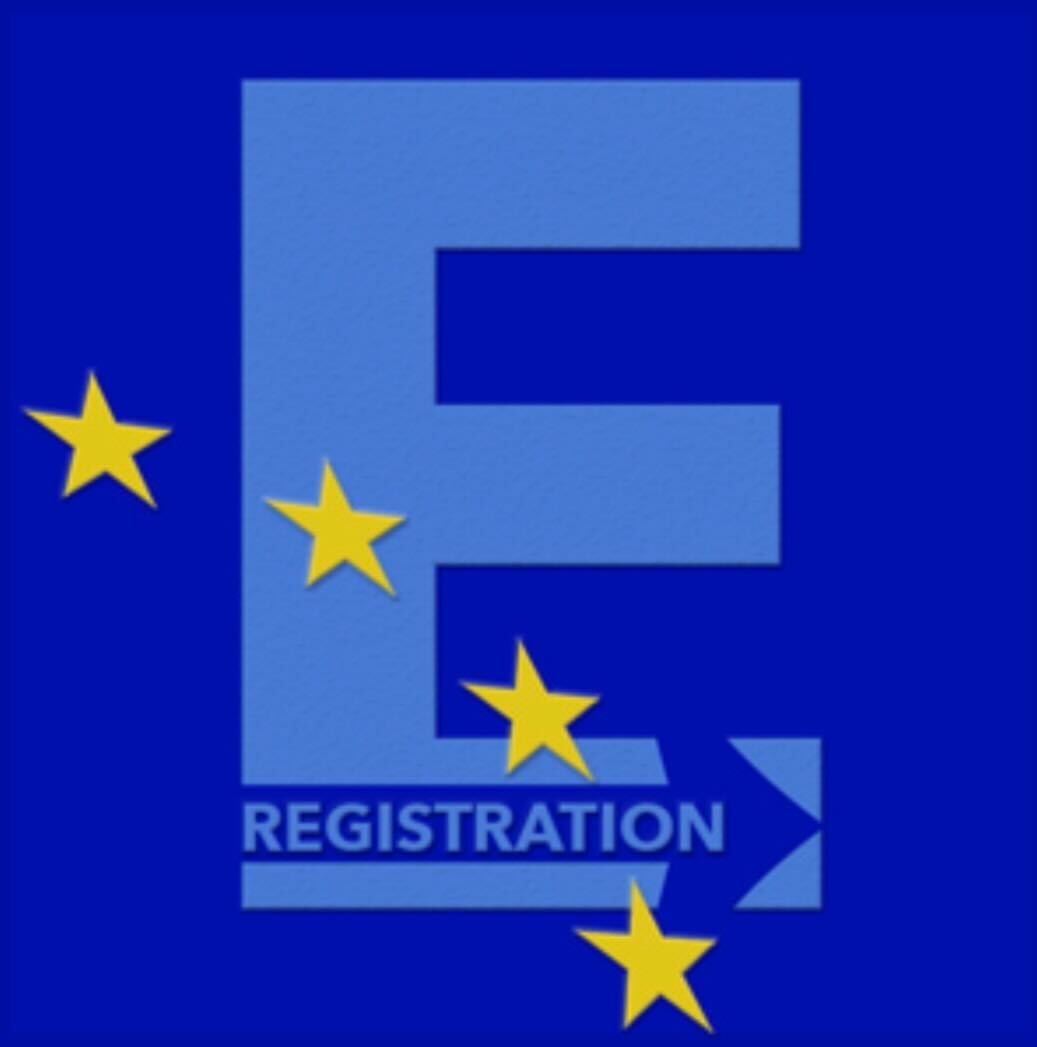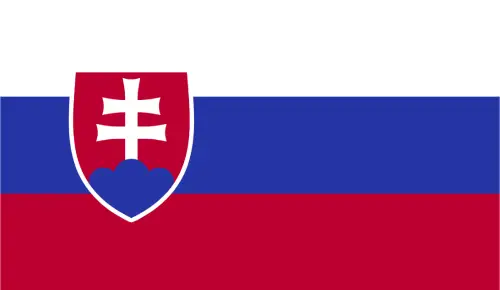
Slovakia is a landlocked country in Central Europe. It is bordered by the Czech Republic and Austria to the west, Poland to the north, Ukraine to the east, and Hungary to the south. Slovakia’s capital and largest city is Bratislava.
The territory of Slovakia covers 49,000 square kilometers (19,000 square miles). Slovakia is a landlocked country that is bordered by the Czech Republic, Austria, Hungary, Ukraine, and Poland.
It has a population of 5.4 million, with the capital city being Bratislava. The climate in Slovakia is temperate and continental, with warm summers and cold winters. Slovakia has a variety of natural resources, such as coal, iron ore, and uranium, which are found in the eastern region of the country.
The geography of Slovakia can be divided into three regions: lowlands, hills, and mountains. The lowlands are mainly located on the Slovak side of the Carpathian Mountains, which make up about one-third of Slovakia's territory. The hills are located in central Slovakia, while the mountains are located at the southern border with Hungary and the eastern border with Ukraine.
Slovakia in the European Union
Since its independence in 1993, the Slovak Republic of today has been a sovereign state. The region was formerly a part of Czechoslovakia, which peacefully split to become Slovakia and the Czech Republic.
Slovakia joined the European Union on May 1st, 2004, and the Eurozone in 2009, when the Koruna was replaced by the Euro. NATO and the UN are two other organizations Slovakia is a part of.
Since joining the EU, Slovakia has contributed significantly to the union's major decision-making processes.
With 13 MEPs (Members of the European Parliament) in the EU, Slovakia is a member of the Council of Europe, the European Commission, the European Economic and Social Committee, as well as other organizations and institutions.
Slovakia has contributed to the creation of ETIAS as a member country of the Schengen Area. The permit will replace the current strategy of liberalizing visa requirements and become a prerequisite for entry into Slovakia for visitors from outside the EU.
ETIAS for Slovakia
ETIAS is a visa-waiver program that allows travellers to enter Slovakia without a visa for up to 90 days in any 180-day period.
ETIAS is an electronic system that determines whether a traveler can enter or transit the Schengen Zone without a visa. It does this by checking the traveller's information against various databases, including Interpol's database of stolen and lost travel documents and national criminal databases.
The ETIAS will be the new visa waiver that will be required for non-EU travellers to enter the Schengen Area.
ETIAS is designed to help detect people who may pose security or public policy risks before they can enter the Schengen Area.
Best Places To Visit in Slovakia
Bratislava, the capital city of Slovakia, is one of the most popular tourist destinations in the country. Visitors can enjoy great views from Hradcany Castle or stroll through the pedestrian area along riverside streets with numerous shops and restaurants on both sides.
The High Tatras are one of the most popular mountain ranges in Slovakia, with many hiking trails and beautiful scenery to explore during your visit. Climbing to Gerlachovsk tt (Gerlach ovska cesta in Slovak), the highest peak in the Tatras at 2,642 meters, is one of the most popular hikes.
Things You Must Know Before Visiting Slovakia
Slovakia is a beautiful country with a lot to offer. It is also an affordable place to visit, which is why it has become popular among backpackers and budget travelers. I would recommend visiting Slovakia for the following reasons:
- The people are very nice and welcoming
- It's an affordable destination
- There are many interesting places to explore
- The food is delicious
- There are many festivals throughout the year



